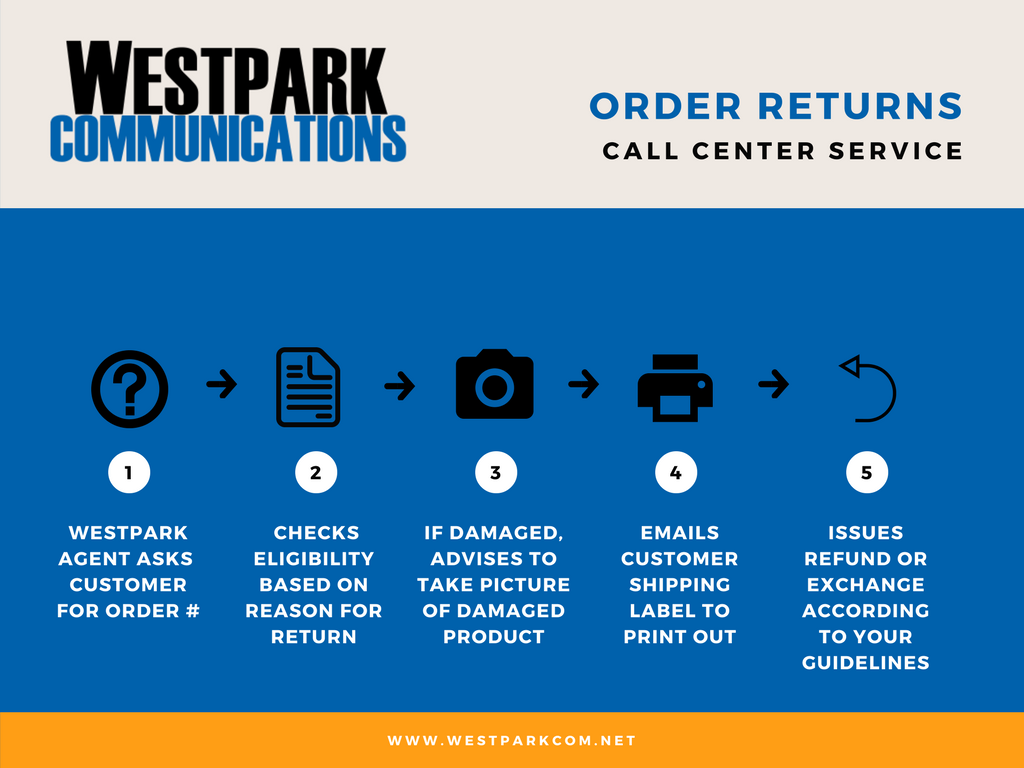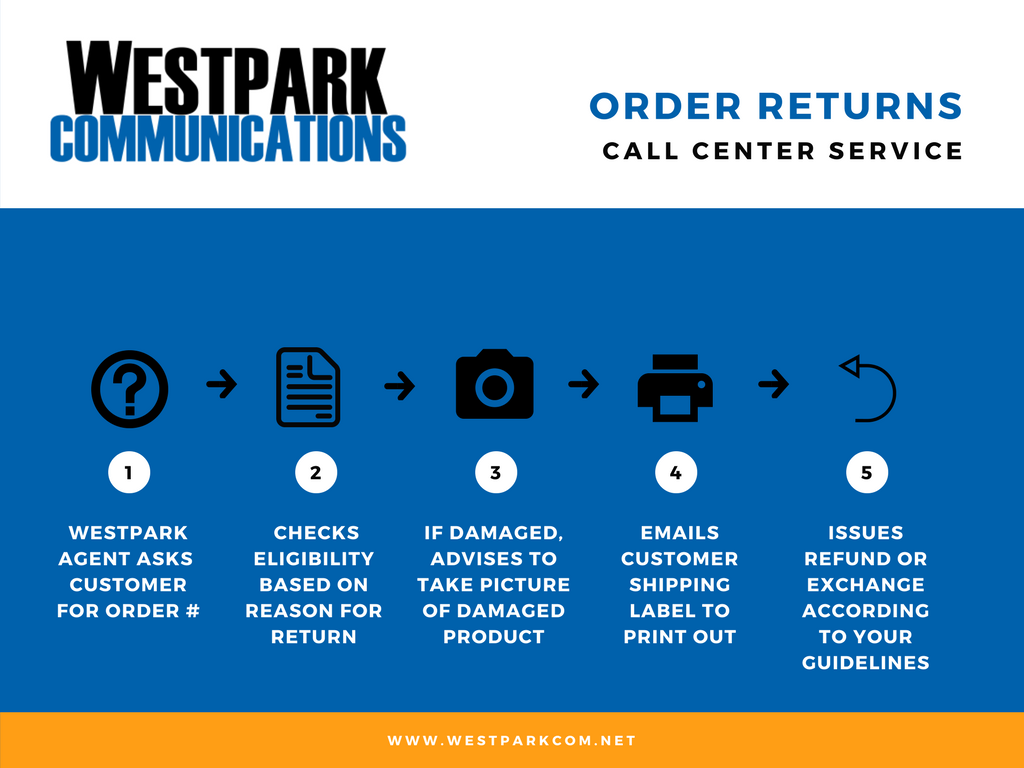According to Forbes, online retailers who retain 10% of their existing customers will double their revenue. Because customer retention accounts for a huge portion of your revenue, understanding the “customer lifecycle” for eCommerce is important. There are things that can be done at each stage of the purchasing process to delight and retain customers. This is true regardless of the product or service you are providing. Across all industries, customer behavior is similar.
Here is the customer lifecycle as it applies to eCommerce:
1. A visitor lands on your website. You need to make sure that your website is ranking well in search engines and is well put together. An active social media profile will help funnel potential customers to your website. When this happens, the visitor only has 3 choices:
- The customer decides to move on without making a purchase or placing an order.
- The customer makes a purchase or places an order.
- The customer has a question or an issue and moves on to section 2.
2. The customer contacts the company for more information. If the customer does not have an easy way to do so, they are very likely to go elsewhere. They can easily engage with you via a live web chat, a text message or phone call. Make sure that the number is prominent on the website.
Companies that take questions only through email or a contact form are at an inherent disadvantage as customers want their questions answered right away. Being able to call a representative gives customers the immediate feeling that they can control the situation and get things done without massive delays. As some customers prefer not to talk on the phone, you should also make live chat available.
3. The agent provides the required information and helps with the order. If your call center agent is unavailable or does not have the knowledge needed to answer questions, then the customer is likely to hang up and not come back. Taking orders over-the-phone can also help if you have customers who are a little less trusting in the online ordering process. At this point, the agent may be answering questions, recommending accessories. If selling large appliances, internet connections, etc, they may also have to schedule appointments. (You should also always make sure there is an online method for scheduling appointments as some people are not comfortable talking on the phone). Ideally, the call will end with a sale having been made, even if it may not be the precise item the customer was initially looking at.
4. The customer calls back to track their order. Although it is a good idea to provide the tracking link on the package (some e-commerce packages do this automatically), there will always be customers who call to ask where their package is. This is particularly true if shipping tends to take an extended period of time, such as if your customer is on the east coast and your warehouse on the west. A good call center agent will ease a customer’s worries by giving them accurate estimates as to when their package is going to arrive. As customers tend to call to track orders later in the day, outsourcing becomes valuable as you can provide services outside of “office hours” without having to potentially pay an employee extra. Make sure that your call center offers 24/7 service.
5. The customer receives the item. Ideally, this is the end of the process. However, sometimes returns are necessary. If selling items in which sizing is important, such as clothes, a smooth return process is essential. The return process and policies should be clearly spelled out on your website, and it often helps to include them with the packing slip. In many cases, the best way to handle returns is over the phone. This means you need to have call center personnel who know the process and who have the experience to handle a customer who may be angry. Customers who have received a broken or defective item are often unpleasant to deal with, but the call center workers have to be able to handle this without getting angry themselves. Outsourced call center agents know that it is easier to stay calm than people more emotionally invested in the product.

6. The agent discovers the reason for the return. Depending on your policies, there may be some situations in which you will not take returns. It is also important that all reasons for return are properly recorded, so that any problems can be tracked and resolved. For example, if you are selling t-shirts and are receiving a disproportionate number of return requests because the shirts are too small, you may want to update your size chart, make its location more obvious, or add a note about your sizes tending to run small so that your customers order the correct size in the first place.
7. The agent issues a return or an exchange. Outsourced agents are still required to follow your policies. For example, you may offer only an exchange if the item is an incorrect size. As a note, more generous return policies tend to result in more satisfied customers. So does making the return process straightforward. These days, for example, it is possible to simply email a Return Merchandise Authorization (RMA) to your customers rather than them having to wait for one in the mail. Ideally, the customer should just be able to put the item back in its packaging, attach a printed RMA, and hand it to an outgoing mail carrier.
8. The customer is happy. The goal should be to make sure that the customer is happy even if they end up having to return an item. Returns can be prevented by having accurate information on your web site and by making it easy to contact an agent to ask questions. For example, if you are selling electronics, a customer may end up ordering the wrong adapter if things are not made clear. Happy customers will come back or, at the very least, tell people how well you handled the situation. Many people judge a company by what they do when everything goes wrong.
Outsourcing the customer service portion of your business allows you to provide high quality customer service for a lower price than doing it in-house. It also helps ensure that your employees are not spending time taking calls that could be spent on core business functions. Make sure to choose the right call center for your business. If you do it right, you will not have to worry as much about customer service and keeping your customers happy throughout the customer lifecycle, including returns.



